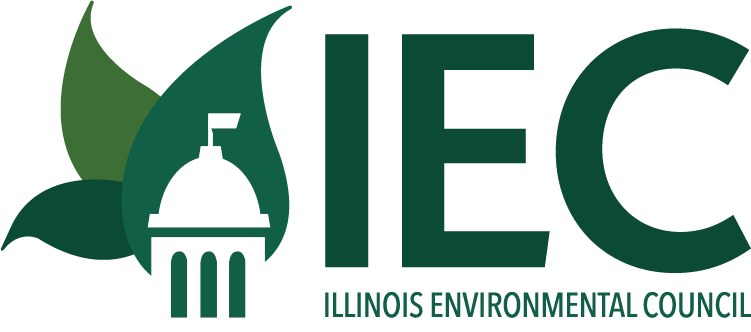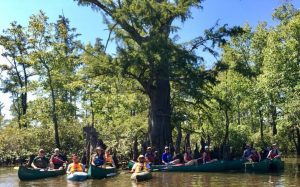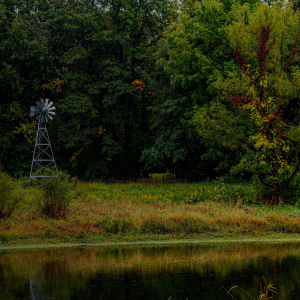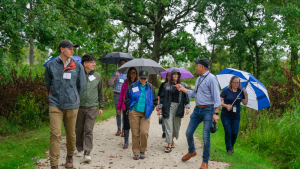Conservation
Protecting Illinois' Biodiversity
Strong Policy Solutions
Natural areas — and the plants and animals that depend on them — are disappearing at an alarming rate. Less than 0.01% of Illinois’ iconic prairie remains undeveloped. It’s not just prairies under threat. Our state has lost 90% of its historic wetlands to development and urbanization. We’re collaborating with IEC affiliates, conservation advocates, and our state’s decision-makers to ensure we use sound policy to meet our state’s conservation needs, now and for the future.
Ongoing challenges impacting the health of open space include:
- Disinvestment in conservation efforts
- Herbicide drift onto natural areas
- Development and urbanization threatening key ecosystems like prairies and wetlands
Join the Fight
Protect Illinois Wetlands
If you care about special places like our wetlands and the vital role they play in our lives, send a note to your Illinois State Senator and Representative.
IEC's Vision for Conservation
Through issue education, policy advocacy, and coalition-building, we’re working to ensure Illinoisans have a permanent, dedicated source of land protection and restoration/stewardship funds, the Illinois Department of Natural Resources (IDNR) is fully funded, local governments are able to acquire and protect open spaces, native wildlife species are safeguarded, and outdoor recreation is safe and accessible to all.
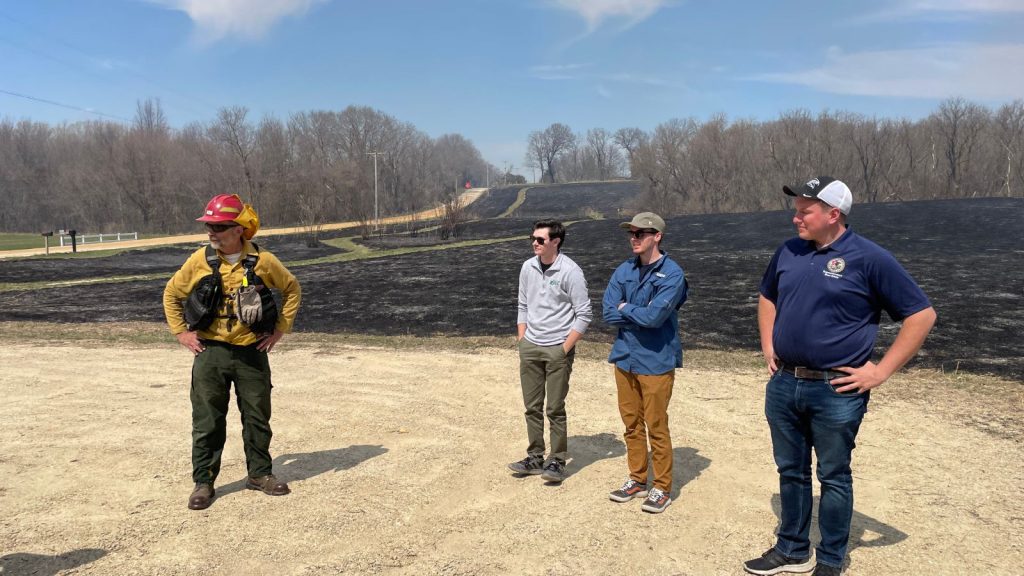
Invest in Stewardship and Conservation
- Protect Open Space Lands Acquisition Development (OSLAD) Fund, Natural Areas Acquisition Fund (NAAF), and Soil and Water Conservation District funds from funding cuts.
- Dedicate additional capital funds to recreation and open space projects to combat inequitable outdoor access.
- Incentivize and reward private & voluntary conservation.
- Invest in staffing at state agencies like the IDNR and Illinois Environmental Protection Agency (IEPA).
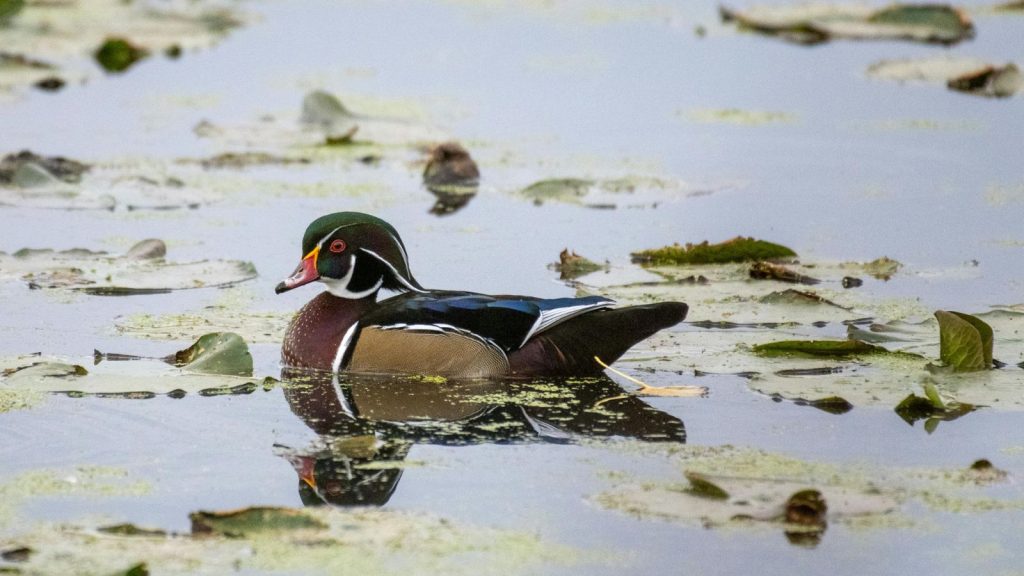
Protect Illinois Wetlands
Only 10% of Illinois’ historic wetlands remain. Due to a recent Supreme Court decision, Illinois faces weakened federal wetlands protections and risks an increase in wetland destruction. This work seeks to codify state-level wetlands protections, tightening state-level processes to safeguard these sensitive, but highly functioning ecosystems.
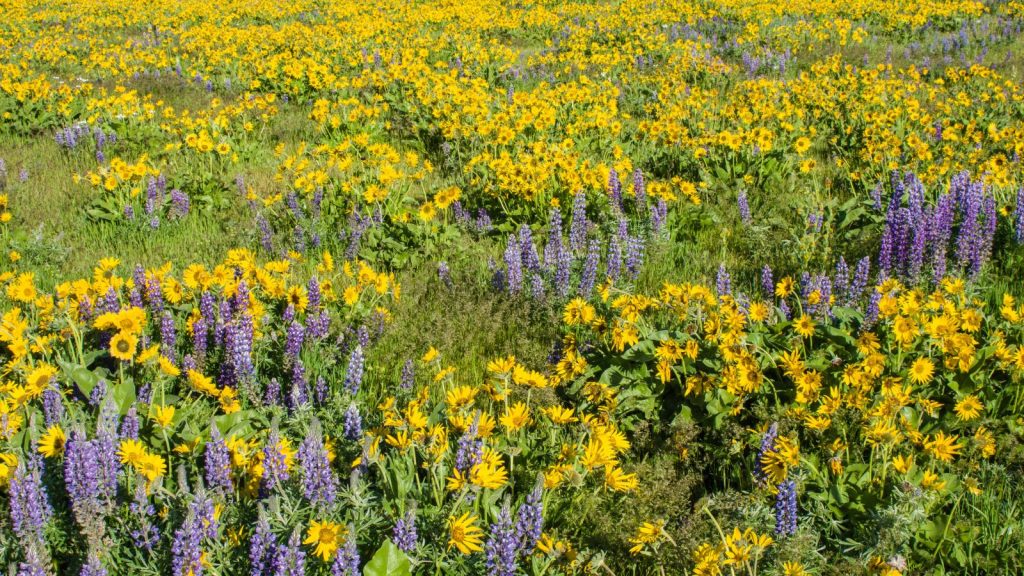
Reduce Herbicide Drift into Natural Areas
Illinois communities face increasing risks from harmful pesticide exposure, impacting public health, schools, parks, and natural ecosystems. Without proper safeguards, toxic chemicals, carried by the wind, can drift into unintended areas, contaminating playgrounds, residential areas, and farms. Children and families often have no warning before pesticides are applied near schools and parks, increasing the risk of exposure. In fact, some of the most volatile pesticides remain legal, despite their well-documented dangers.
Illinois Conservation Legislative Victories
Illinois Natural Areas Preservation Act
Created in 1963, the Act mandates the preservation, protection, and conservation of natural areas and endangered species habitat for public benefit.
Illinois was the first state to create such an innovative land protection program. The INPC is now a national model, with more than a dozen states following its lead. In 1992, the INPC received international acclaim when it was recognized at the Earth Summit in Rio de Janeiro as an “efficient and effective model of how to provide long-term protection for high-quality natural areas.”
The Natural Areas Acquisition Fund was created in 1989 to fund the acquisition, preservation, and stewardship of natural areas through a real estate transfer tax.
Return of the Recreational Liability Exemption
In 2013, Senate Bill 1042 passed which limits liability for landowners who allow the public to freely access their property for activities such as bird watching, biking, hiking, and fishing. This important law is an incentive for non-profit land trusts and private landowners to keep land in conservation and encourage outdoor recreation.
Natural Areas Stewardship Act
Passed in 2017, the Natural Areas Stewardship Act (NASA), sponsored by Sen. Tom Bennet and Sen. Jason Barickman, gives IDNR the authority to provide grants from the Natural Areas Acquisition Fund to Conservation Land Trusts for management practices on Illinois Nature Preserves and Registered Land and Water Reserves. IEC, the Prairie State Conservation Coalition, and a myriad of strong conservation partners advocated for this legislation.
The grant funds can be used “for the acquisition, protection, and stewardship of natural areas, including habitats for endangered and threatened species.” There are currently 41 Conservation Land Trusts in Illinois protecting over 200,000 acres at the local level.
Learn more in our blog!
Homeowner's Native Landscaping Act
When the Homeowner’s Native Landscaping Act (HNLA) passed in the 2024 spring legislative session, it demonstrated sweeping acceptance of homeowner rights to steward native Illinois gardens on their properties. The law, sponsored by Rep. Laura Faver Dias and Sen. Karina Villa, moved through the General Assembly in one session. IEC and our partners advocated for the bill during our Conservation Day at the Capitol and throughout session in Springfield.
Then, Governor Pritzker’s signature marked a giant leap forward in the state’s efforts to expand habitat for native plants and animals.
Learn more in our blog!
Indigenous Peoples' Conservation Rights Act
Passed in 2025, the Indigenous Peoples’ Conservation Rights Act adds federally recognized indigenous tribes to the list of entities that can hold a conservation easement.
These land protection agreements—conservation easements— are voluntary agreements between landowners and a government agency or a nonprofit organization. Land protection agreements allow landowners to protect the important natural, agricultural, and historical features of their property. Illinois landowners have used these land protection agreements to protect thousands of acres of farmland and wildlife areas across the state.
This law gives landowners the additional option of working with federally recognized tribes to achieve their conservation goals through the use of land protection agreements. Illinois joins the ranks of 31 other states that allow landowners to enter into land protection agreements with federally recognized tribes.
Conserving our natural areas, farmland and forests through voluntary land protection agreements is crucial to preserving our way of life, our rural heritage, and our future. It also helps preserve the natural beauty of landscapes, while providing clean air and water, habitat for wildlife, and offering recreational opportunities that contribute to the well-being of people and communities.
Conservation Tour Highlight

In August 2024, on the heels of a groundbreaking report from our partners at Prairie Rivers Network on pesticide drift, we toured Jasmine Hollow Land and Water Reserve.
This location is a privately owned Land and Water Reserve. Like many natural areas in our state, it is experiencing the effects of herbicide drift.
Our partners, Friends of the Illinois Nature Preserves, Prairie Rivers Network, and The Nature Conservancy, helped to facilitate conversations with Sen. Sally Turner about the scope of the problem and potential policy solutions. In addition to herbicide damage, we discussed tax incentives for conservation, river access, and the wetlands protection bill.
Learn more about IEC’s tour program.
IEC's Conservation Experts
Jen Walling
Executive Director
Lindsay Keeney
Chief Programs Officer, Conservation & Agriculture
Sergio Vargas
Chicagoland Conservation Policy Manager
Conservation Updates
2025 Conservation & Open Space Townhall
Is Illinois on the right track? Help shape IEC's Open Space and Conservation policy priorities as we head into 2026.
Read More >>Keep Your Eyes Open for Invasive Species This Halloween
Ghosts, Ghouls.....and Invasive Species? Learn about some of the spookiest invasive species in Illinois.
Read More >>Analysis: Understand the Federal Government Shutdown and Its Impact on Illinois
Congress failed to meet its October 1 deadline to pass a funding bill, triggering a government shutdown that has suspended key environmental programs, furloughed government...
Read More >>2025 Environmental Scorecard
IEC's state legislative team has published our 2025 Environmental Scorecard evaluating the performance of every Illinois state legislator based on their environmental voting record.
Read More >>2025 Chicago City Council Scorecard
IEC's city programs team has published our 2025 Chicago City Council Environmental Scorecard evaluating the performance of alderpersons based on their environmental voting record.
Read More >>Is artificial intelligence guzzling your drinking water?
Illinois is home to more than 220 data centers, but each one needs a lot of water to operate and cool its systems. Illinois has
Read More >>